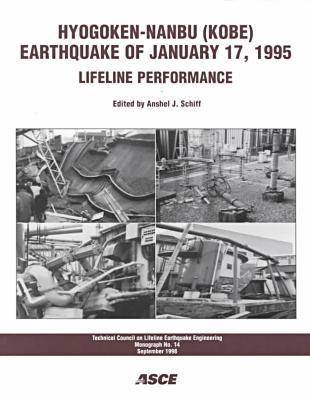The January 17, 1995, Hyogoken-Nanbu earthquake struck the Kobe, Japan area. The earthquake and subsequent fires resulted in 6,300 deaths; 30,000 injuries; destruction of 150,000 buildings; and left 300,000 homeless. The estimated direct economic losses are $200 billion. The lifelines, which were concentrated adjacent to Osaka Bay, were in soft soils or fill that both amplified earthquake motions and liquefied. Transportation systems were severely disrupted and restoration of two primary expressways required 20 months. The gas, water, and wastewater systems were severely damaged and restoration required about three months. Power systems and communication systems were damaged; however, service at substations and central offices was restored in about a day and repair of damage to the distribution systems required weeks. Lifeline damage also contributed to fire losses for several reasons: gas leaks provided fuel for many fire ignitions; the restoration of power was also a source of fire ignition; water system damage deprived fire fighters of water to contain and extinguished fires; and damage to roadways prevented fire fighters from reaching fires. The disruption of electric power and water to hospitals was very disruptive to service. Some emergency power generators used city water for cooling and could not be used due to the loss of water. Water, which was needed for many critical hospital functions, was not available.
- ISBN13 9780784404089
- Publish Date 1 January 1999
- Publish Status Active
- Publish Country US
- Imprint American Society of Civil Engineers
- Format Paperback
- Pages 335
- Language English
